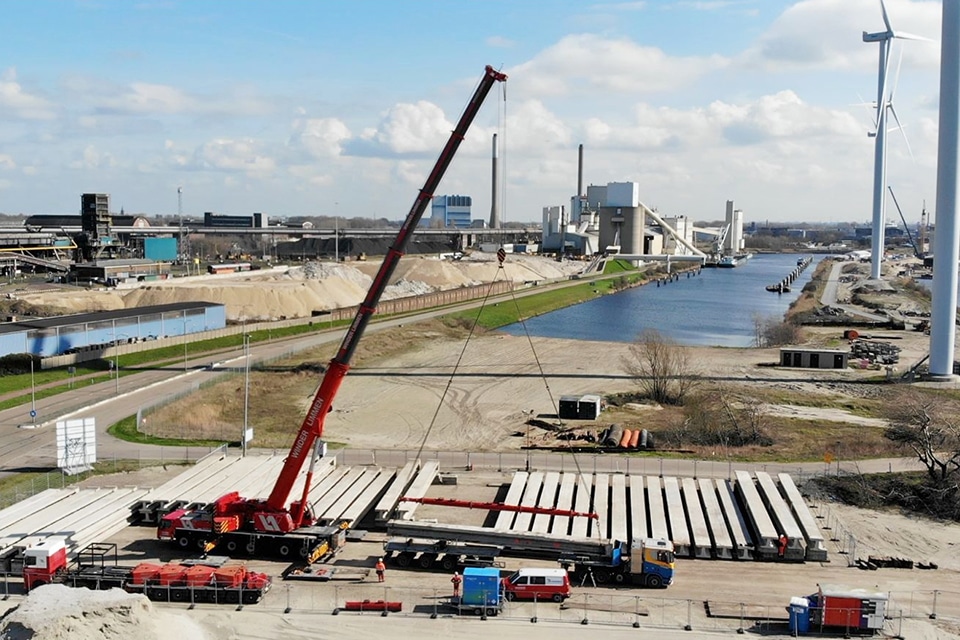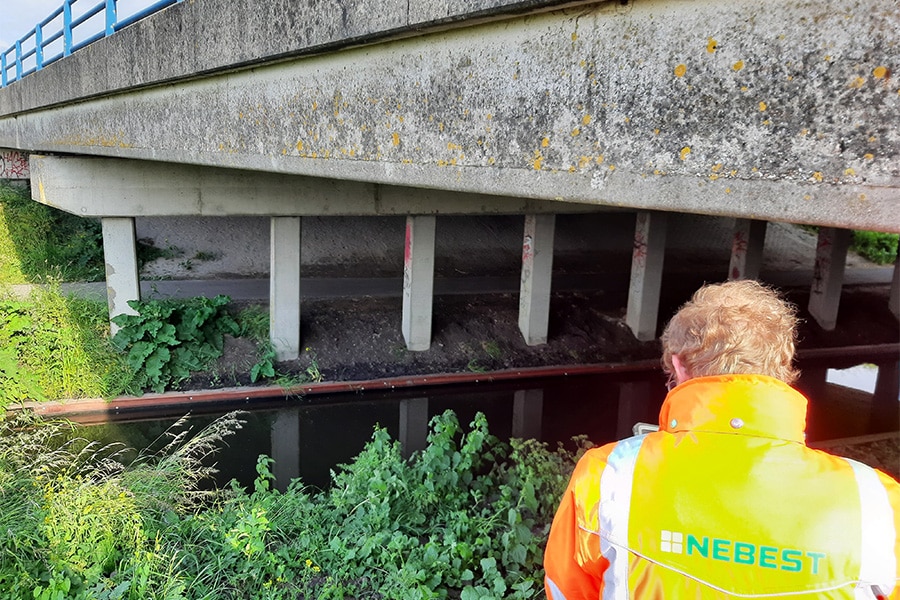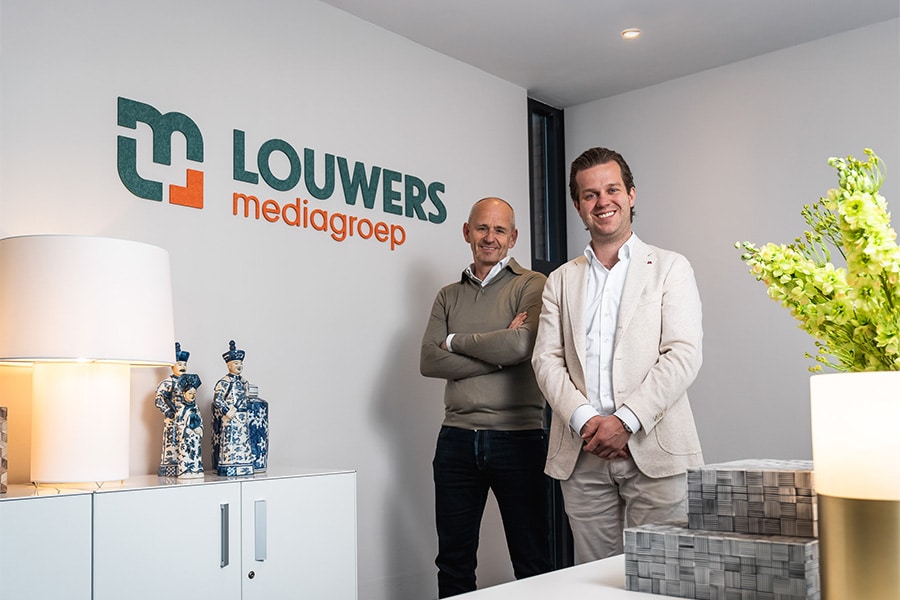
Standardize and scale up reuse of precast beams
Rijkswaterstaat's ambition is to be climate neutral by 2030. A gigantic challenge if only in view of the enormous replacement and renovation task. The government organization is therefore working closely with the market. For example, the possibilities of reusing (parts of) engineering structures are being explored. The Groene Liggers V.O.F. consortium has already made a good first step, harvesting more than 300 girders from existing structures in the A9 motorway for use elsewhere. The task now is to further scale up and standardize reuse.

Grinding and remaking girders has a big impact on the climate. Rijkswaterstaat thought this should be done differently. So in 2020 an innovation call (SBIR) was issued to design a circular viaduct with the market. "We facilitated an open learning environment from Rijkswaterstaat for six months, in which companies could brainstorm with each other in different consortia," says Iris Lommerse, innovation manager at Rijkswaterstaat. "It led to 32 submissions, which were reviewed by an independent committee. Ten consortia then set to work on a feasibility study and from these, three designs were chosen to be allowed to develop a prototype, including Liggers 2.0 and consortium Closing the Loop, consisting of Nebest, Antea Group, Stukton Civiel and GBN."
Harvesting girders
In the Closing the Loop concept, an old viaduct is taken apart like Lego bricks and built up as a new viaduct in a different location, explains Frank Rens of GBN. "Or if the new viaduct needs to be wider, we turn two narrow viaducts into one new work of art. The circular viaduct in the A76 near Nuth will be the first prototype of this concept. Meanwhile, we are also working on scaling up the concept, initially focusing only on the reuse of the prefabricated girders. Because all parties saw potential in this concept, including Rijkswaterstaat, the gauntlet has been taken up to scale up and standardize the concept, so that in a few years' time it can be standardly requested in new contracts and broadly adopted and implemented by the market. We are in that phase now, taking advantage of the widening of the A9 to harvest girders and learn what is needed for scaling up."

Residual life research
The A9 will be widened and largely deepened. "Eleven existing viaducts will thus all become redundant," says Jason Koppelle, product manager for concrete research at Nebest. "They date from the 1970s, are only just under 50 years old and thus have not yet reached the end of their design life. In fact, based on material research and residual life calculations, we have already shown for the first batch of beams that they can easily last another hundred years. So over 300 beams are being harvested in three phases. Part of it has already been taken out, the second phase will take place at the end of this year and at the beginning of 2025 we will harvest the last girders." According to Jason, the harvesting is going fairly quickly. "On most viaducts, a temporary support is first placed to 'catch' the girders. Then the compression layer and cross members are cut and the girders come free, after which they are lifted out and transported to an intermediate storage facility."

The right match
Most of the girders harvested in the A9 already have a destination: some will go to the A44, while others will be used for the construction of a new structure in the N201 of the province of North Holland. "The remaining harvested girders will be included in the national bridge bank, waiting for a second life," says Lommerse. "For these girders we are currently in the process of finding the right match." Rens adds: "The A44 is still under tender, so then there is still a fair amount of room to match the design to the harvested girders. The girders will be shortened slightly anyway and thus fit within the tightened calculation rules."

The environmental benefit of reusing the girders is great. CO2 savings run as high as 97% compared to using a new girder. "However, we are aware that we are competing with a market that is super efficient and linear. Reuse gives extra work. That is why it is important to standardize it, finding an optimal division of roles between the market and government agencies. After all, besides Rijkswaterstaat, water boards, municipalities and provinces also have artworks and viaducts in their acreage that qualify for potential reuse." Lommerse: "Once standardized, we can start scaling up by laying down reuse in contracting, for example, so that it is applied in future projects on a process-by-process basis. Standardization is also the stepping stone to reuse other parts of a viaduct. Part of it is technology you have to solve, but the biggest challenge is in rigging the process. And that is what we are now learning together."
Heeft u vragen over dit artikel, project of product?
Neem dan rechtstreeks contact op met Nebest BV.
 Contact opnemen
Contact opnemen



